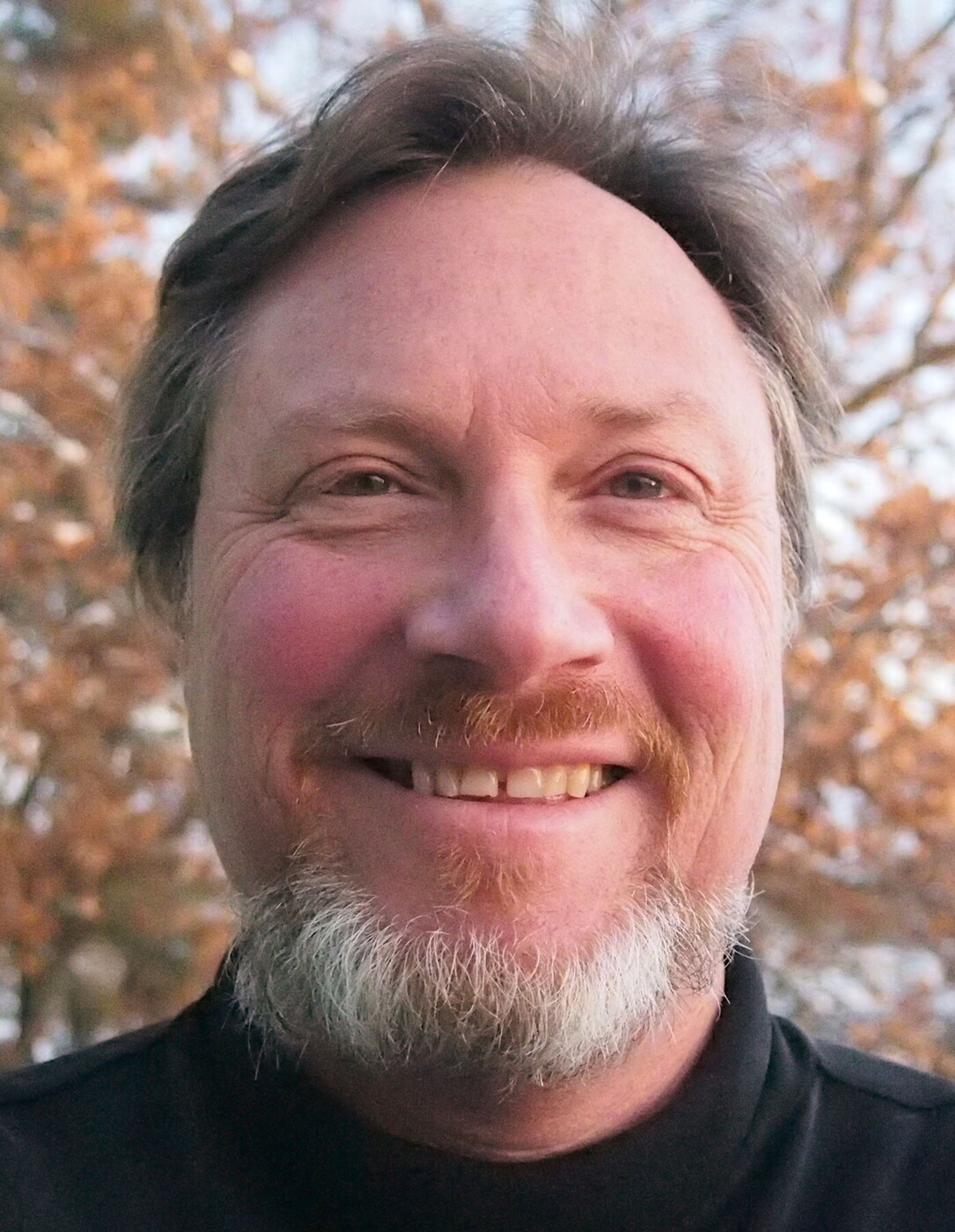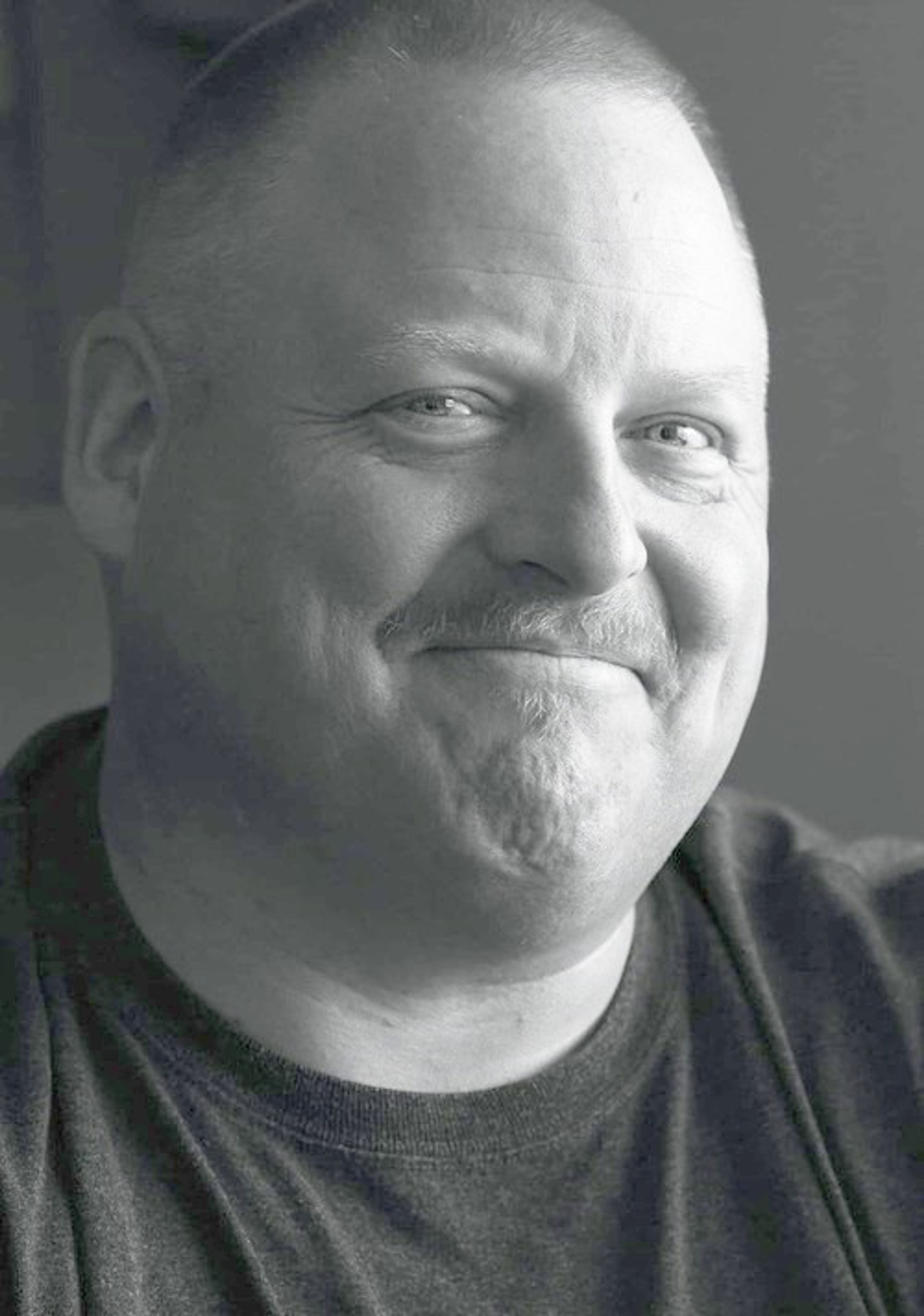“He was the devil,” Tiffany Dennison told the Pullman police officer in her defense earlier this month. Tiffany had not previously known Hunter Degler when she plunged a foot-long knife into his back, nearly killing him. When confronted, she would not give up the knife willingly and had to be tased. There was a child with Hunter at the time, and Tiffany had taken action so that “the child (not) be raised by the devil.”
Our airwaves are filled with signals, voices, and only the chosen are deemed worthy enough to tune into their frequency. Tiffany was one of the misfortunate millions chosen. The police know them well. We, the public, hear of them when they make the headlines. But there are others, not clinically ill, yet paranoid enough to shoot cheerleaders or the wayward stranger who knocks on the wrong door.
The day before Tiffany was “protecting” that child from the devil, Thomas Adams, a Moscow resident, phoned the police saying he had heard a shotgun fired. On that call, he added that a motorcycle gang was after his lottery prize money won in the Persian Gulf. Soon after, a SWAT unit was assembled at Thomas’s apartment and realized it was Thomas firing the bullets. After arresting him, investigators promptly gathered his arsenal of AR-15s.
More voices. More bullets. American society is armed to the teeth, soaking in fear and indoctrinated in the values of eye-for-an-eye retribution.
It may not come as a surprise to you that more American civilians have perished at the end of a barrel in the last 50 years than have all American soldiers killed in combat throughout the course of U.S. history. If we speak of averages, about 130 of your fellow citizens will be shot dead today, Tuesday.
But that is too easily dismissed as an impersonal national statistic; when the ambulance arrives to pick up someone you know, then it’s a tragedy. Regardless, they are all, in the words of Marshall Rosenberg, “a tragic way of communicating a need.” The poignancy of this insight rings ever so clear when we speak of suicide which accounts for half of all gun-related deaths — if, that is, you are inclined to speak of averages.
Nothing meaningful has come from seeing University of Idaho student Katy Benoit as a statistic, nor her assailant, Ernesto Bustamante. He had been her professor and for a time her romantic partner. His medicine cabinet was well-stocked with drugs to treat his bi-polar disorder, and his closet well-stocked with guns. In 2011, enraged by her ending the relationship, he killed her first before ending his own life. And if we pan out from that tragedy, we see that Ernesto and his mental illness is barely noticeable in a vast sea of serious mental disorders, 14 million Americans struggling daily with everything from major depression to schizophrenia, many with well-stocked closets.
Yet if we draw upon the expertise of forensic psychiatry, we hear that perpetrators of deadly gun violence are rarely linked to serious mental illness — those tuned into strange signals in our airwaves (or certain of their role in re-establishing racial purity). Perhaps 5% are certifiable in that sense. Those like self-proclaimed “sexual goddess” Lori Vallow Daybell, who defended the killing of her two children by disclosing that, “Jesus Christ knows that no one was murdered in this case.”
Maybe we aren’t looking into the right closets to find answers. And answers we need, considering our society has 25 times the homicide rate of comparable societies!
If we are willing to broaden the profile from individual mental illness to the collective mental health of Americans, more telling clues emerge. During a five-year period, the U.S. National Threat Assessment Center looked at violent events in which three or more were injured. What was revealed? More than half had mental health symptoms. More than 25% had a conspiracy or hate ideology. A large swath of our country, and in microcosm — a significant swath of Moscow.
There is nothing I am aware of that preordains a society to be hypervigilant, locked-and-loaded. We’ve chosen that path. The predictable consequence of a paternalistic, winner-take-all value system. The saved and the rich win the sweepstakes and build expensive bunkers. The losers are free to scavenge for the crumbs. And for those that remain — get your flak jacket.
After years of globetrotting, Broadman finds himself writing from his perch on the Palouse and loving the view. His policy briefs can be found at US Renew News: usrenewnews.org.








